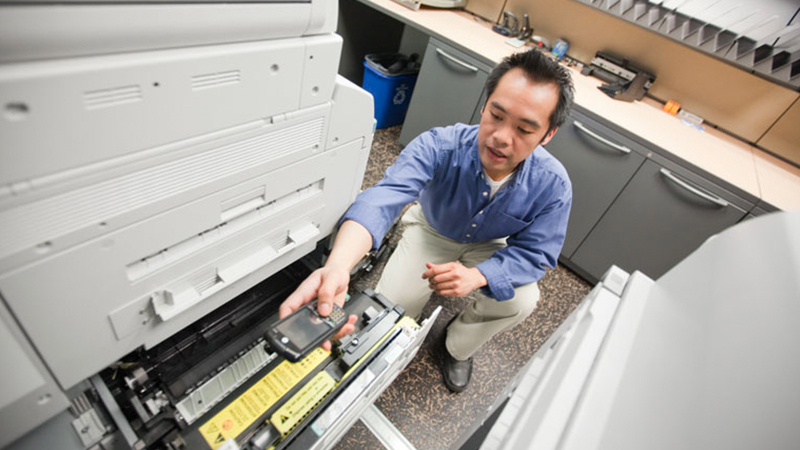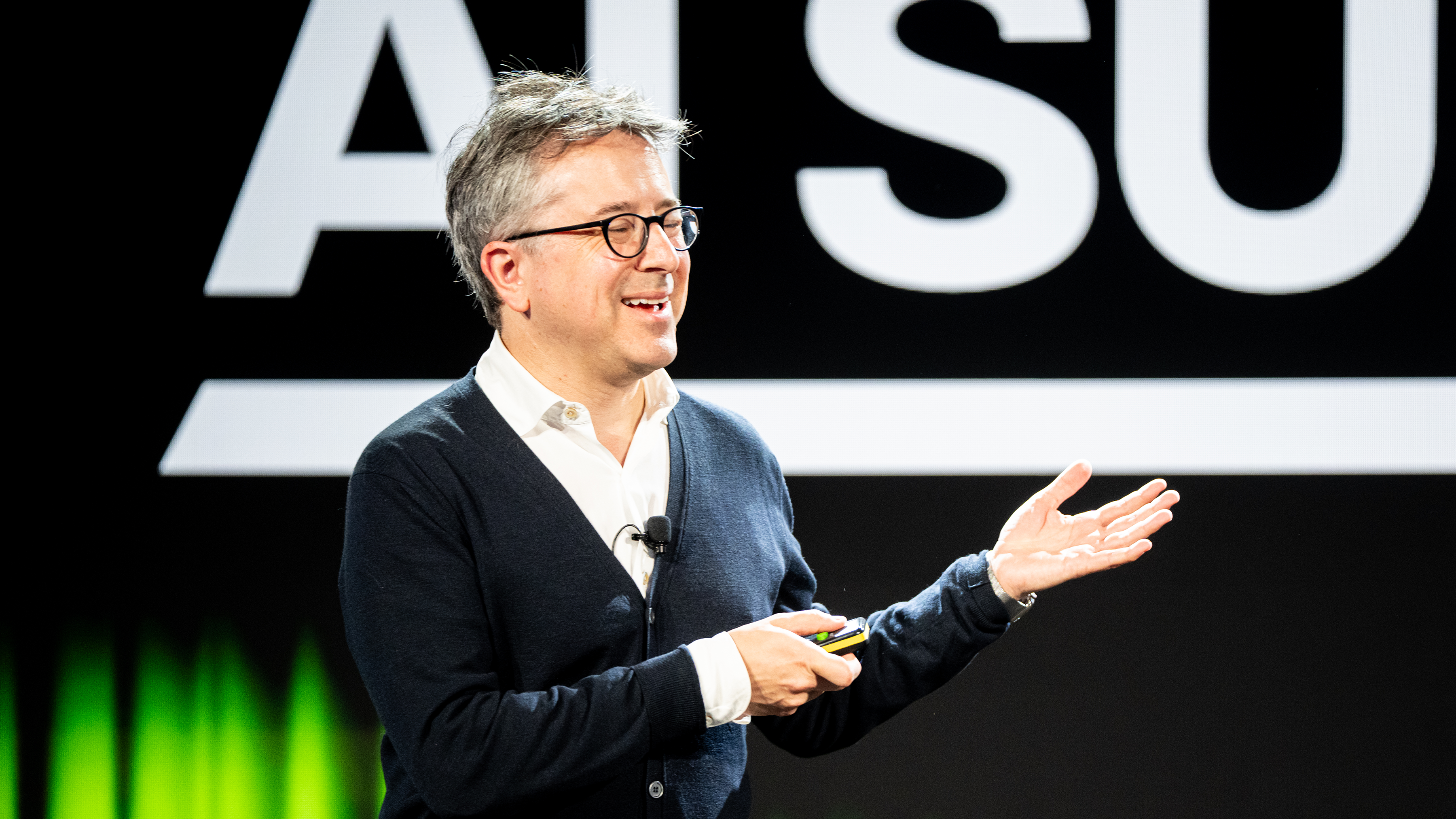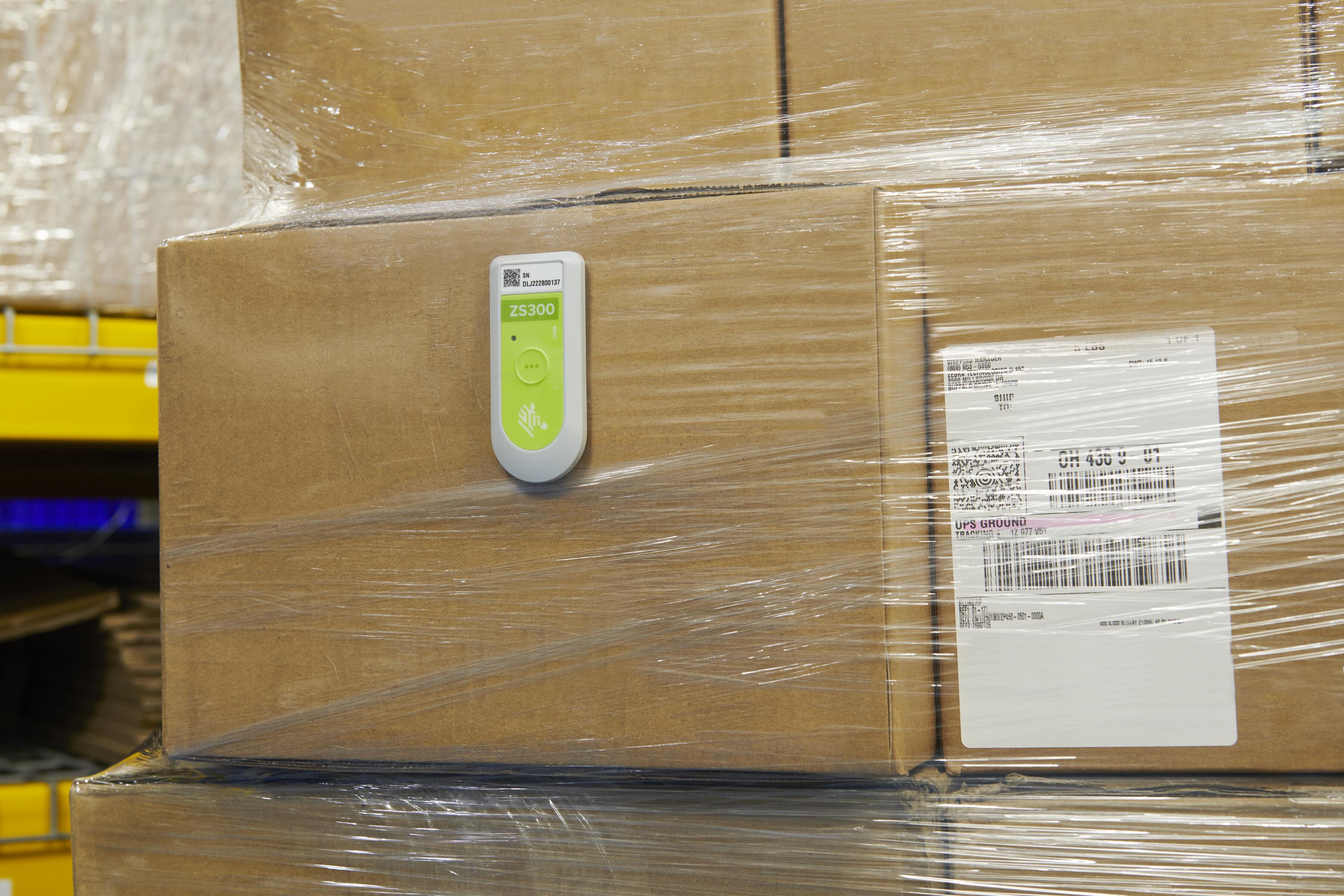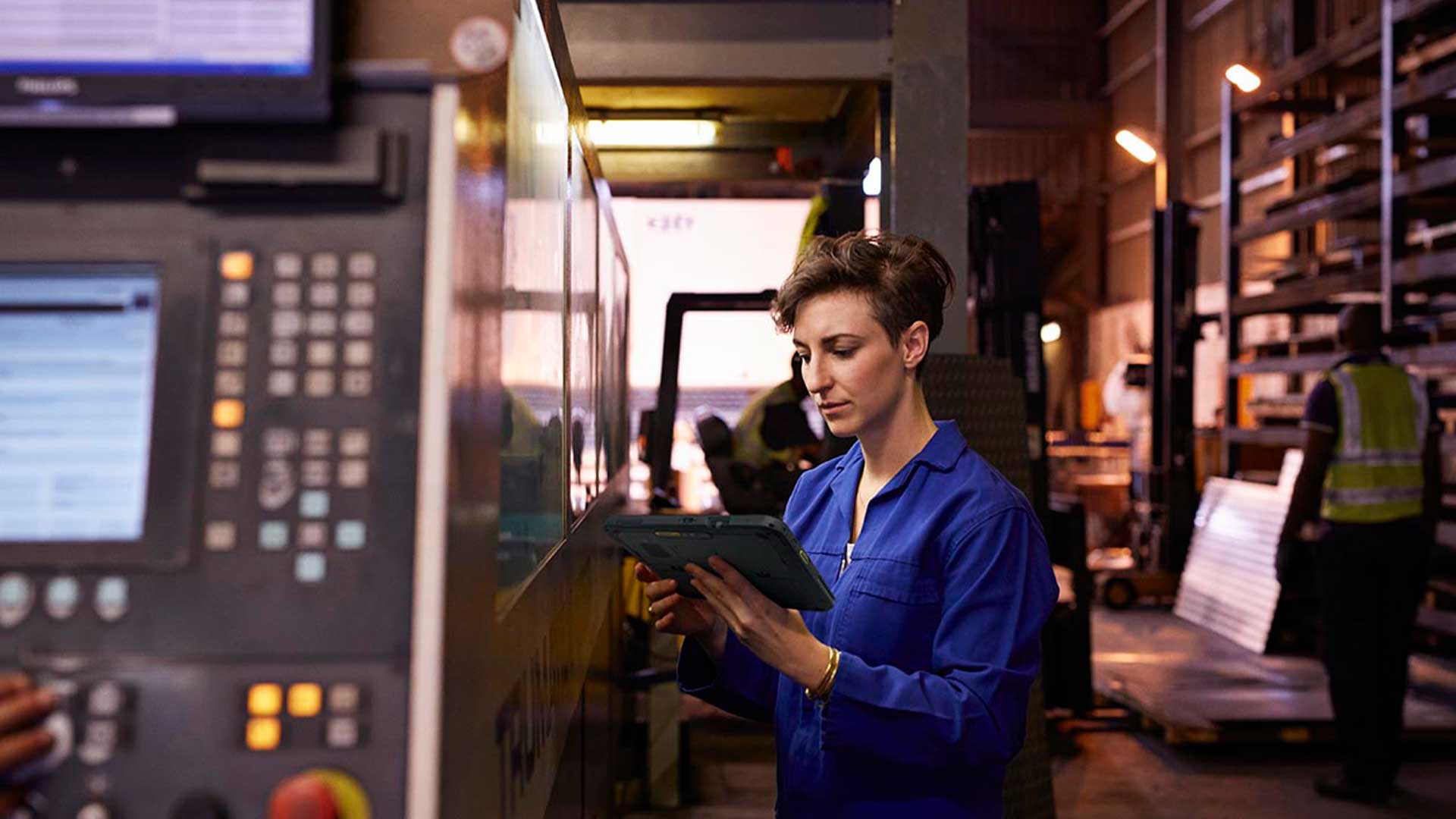Transform retail operations with Zebra’s retail technology solutions, featuring hardware and software for improving inventory management and empowering teams.
Streamline operations with Zebra’s healthcare technology solutions, featuring hardware and software to improve staff collaboration and optimise workflows.
Enhance processes with Zebra’s manufacturing technology solutions, featuring hardware and software for automation, data analysis, and factory connectivity.
Zebra’s transportation and logistics technology solutions feature hardware and software for enhancing route planning, visibility, and automating processes.
Zebra's hospitality technology solutions equip your hotel and restaurant staff to deliver superior customer and guest service through inventory tracking and more.
Zebra's market-leading solutions and products improve customer satisfaction with a lower cost per interaction by keeping service representatives connected with colleagues, customers, management and the tools they use to satisfy customers across the supply chain.
Empower your field workers with purpose-driven mobile technology solutions to help them capture and share critical data in any environment.
Zebra's range of mobile computers equip your workforce with the devices they need from handhelds and tablets to wearables and vehicle-mounted computers.
Zebra's desktop, mobile, industrial, and portable printers for barcode labels, receipts, RFID tags and cards give you smarter ways to track and manage assets.
Zebra's 1D and 2D corded and cordless barcode scanners anticipate any scanning challenge in a variety of environments, whether retail, healthcare, T&L or manufacturing.
Zebra's extensive range of RAIN RFID readers, antennas, and printers give you consistent and accurate tracking.
Choose Zebra's reliable barcode, RFID and card supplies carefully selected to ensure high performance, print quality, durability and readability.
Zebra's rugged tablets and 2-in-1 laptops are thin and lightweight, yet rugged to work wherever you do on familiar and easy-to-use Windows or Android OS.
With Zebra's family of fixed industrial scanners and machine vision technologies, you can tailor your solutions to your environment and applications.
Zebra’s line of kiosks can meet any self-service or digital signage need, from checking prices and stock on an in-aisle store kiosk to fully-featured kiosks that can be deployed on the wall, counter, desktop or floor in a retail store, hotel, airport check-in gate, physician’s office, local government office and more.
Discover Zebra’s range of accessories from chargers, communication cables to cases to help you customise your mobile device for optimal efficiency.
Zebra's environmental sensors monitor temperature-sensitive products, offering data insights on environmental conditions across industry applications.
Zebra's location technologies provide real-time tracking for your organisation to better manage and optimise your critical assets and create more efficient workflows.
Enhance frontline operations with Zebra’s AI software solutions, which optimize workflows, streamline processes, and simplify tasks for improved business outcomes.
Empower your frontline with Zebra Companion AI, offering instant, tailored insights and support to streamline operations and enhance productivity.
The everything you need to rapidly and cost effectively develop high-performance AI vision applications on Zebra mobile computers.
Zebra Workcloud, enterprise software solutions boost efficiency, cut costs, improve inventory management, simplify communication and optimize resources.
Keep labour costs low, your talent happy and your organisation compliant. Create an agile operation that can navigate unexpected schedule changes and customer demand to drive sales, satisfy customers and improve your bottom line.
Drive successful enterprise collaboration with prioritized task notifications and improved communication capabilities for easier team collaboration.
Get full visibility of your inventory and automatically pinpoint leaks across all channels.
Reduce uncertainty when you anticipate market volatility. Predict, plan and stay agile to align inventory with shifting demand.
Drive down costs while driving up employee, security, and network performance with software designed to enhance Zebra's wireless infrastructure and mobile solutions.
Explore Zebra’s printer software to integrate, manage and monitor printers easily, maximising IT resources and minimising down time.
Make the most of every stage of your scanning journey from deployment to optimisation. Zebra's barcode scanner software lets you keep devices current and adapt them to your business needs for a stronger ROI across the full lifecycle.
RFID development, demonstration and production software and utilities help you build and manage your RFID deployments more efficiently.
RFID development, demonstration and production software and utilities help you build and manage your RFID deployments more efficiently.
Zebra DNA is the industry’s broadest suite of enterprise software that delivers an ideal experience for all during the entire lifetime of every Zebra device.
Advance your digital transformation and execute your strategic plans with the help of the right location and tracking technology.
The Zebra Aurora suite of machine vision software enables users to solve their track-and-trace, vision inspection and industrial automation needs.
Zebra Aurora Focus brings a new level of simplicity to controlling enterprise-wide manufacturing and logistics automation solutions. With this powerful interface, it’s easy to set up, deploy and run Zebra’s Fixed Industrial Scanners and Machine Vision Smart Cameras, eliminating the need for different tools and reducing training and deployment time.
Aurora Imaging Library™, formerly Matrox Imaging Library, machine-vision software development kit (SDK) has a deep collection of tools for image capture, processing, analysis, annotation, display, and archiving. Code-level customisation starts here.
Aurora Design Assistant™, formerly Matrox Design Assistant, integrated development environment (IDE) is a flowchart-based platform for building machine vision applications, with templates to speed up development and bring solutions online quicker.
Designed for experienced programmers proficient in vision applications, Aurora Vision Library provides the same sophisticated functionality as our Aurora Vision Studio software but presented in programming language.
Aurora Vision Studio, an image processing software for machine & computer vision engineers, allows quick creation, integration & monitoring of powerful OEM vision applications.
Adding innovative tech is critical to your success, but it can be complex and disruptive. Professional Services help you accelerate adoption, and maximise productivity without affecting your workflows, business processes and finances.
Zebra's Managed Service delivers worry-free device management to ensure ultimate uptime for your Zebra Mobile Computers and Printers via dedicated experts.
Find ways you can contact Zebra Technologies’ Support, including Email and Chat, ask a technical question or initiate a Repair Request.
Zebra's Circular Economy Program helps you manage today’s challenges and plan for tomorrow with smart solutions that are good for your budget and the environment.

#ThrowbackThursday: When the Touch Computer Took Over (Part 2)
Editor’s Note: Last week, Rob gave you a quick rundown of how the consumer-centric PDA (personal digital assistant) stimulated demand for the key-based EDA (enterprise digital assistant) and, eventually, the touch mobile computer in the late 1990s and early 2000s. But the touch computers available today are not the same you were using even five years ago. A few key events fast-tracked further innovation and market evolution. Rob gives you the scoop below:
The Start of Android™ Exploration – and a New Era in Enterprise Mobile Computing
By 2012, Zebra had accelerated its engineering innovation around Android™ touch computers, scanners, tablets and more. We developed our Mobility DNA, a unique software ecosystem that transforms Android, now the world’s most popular consumer OS, into an enterprise-ready force. And from there the growth and popularity of Zebra’s touch computer portfolio exploded.
In fact, we just shipped our one millionth TC51/TC56 earlier this year – a milestone that took less than two years to accomplish. (Yes, the one-millionth device came off the manufacturing line in gold.)

Pictured above is Joe Licari, Director of Product Management, Enterprise Mobile Computing. Joe manages the product management team along with product families for our retail and healthcare mobile computing products including the TC51/52, TC70, TC72, PS20 and other products.
Selling one million devices from a single product family is a huge accomplishment, as many competitors may not even ship these many devices from their entire portfolio. So, when asked what propelled the rapid market adoption of the touch computer – and the TC5x specifically – I remind people of the following six factors:
1. Zebra acquired Motorola Solutions’ Enterprise business (which included the Symbol handheld computer portfolio) in 2014. This gave us unparalleled capabilities to strengthen data capture and mobile computing technologies, including the touch computer. We had the resources to quickly innovate and support enterprise customers’ evolving technology needs. It also allowed us to be more responsive to uncontrollable market influences on our customers’ business, which leads me to the next factor…
2. It became clear in 2015 that Android was the only viable migration path to a modern and sustainable OS for legacy Windows applications as Microsoft ends its support for Windows™ Mobile (2020) and Windows CE (2021) devices. But customers couldn’t afford to lose the benefits of their touch computers. The unique value proposition of these mobile devices had been well documented for nearly two decades.
3. Though the TC5x is rugged, it has the pocketable design and feel of a consumer smartphone. The familiar Android user interface touch screen also works when wet, with a gloved hand or stylus. This makes it easy to onboard new users and ensure continuous use in both indoor and outdoor environments. The TC5x’s five-inch sunlight-readable display provides workers the power and flexibility to scan barcodes, capture photos with a 13 MP camera. Even better, the touch computer can capture data from 1D and 2D barcodes that are damaged, dirty or poorly printed without issue.
4. The TC5x uses less power than competing devices but can run applications up to five times faster – a win-win for productivity, especially in shift environments such as healthcare, retail, transportation and logistics.
5. The TC5x is priced right, offers the right ergonomics and serves as both a data and voice device (with LAN and WWAN connection options).
6. Finally, we just released our brand new TC52/TC57, which adds the latest Qualcomm SDM660 platform architecture without compromising the user-appeasing look and feel of the earlier TC5x models. More importantly, the new generation uses the same accessories as the TC5x that customers have been using for a while. This now gives our customers an upgrade path to the latest and greatest touch computer for their enterprise mobile computing needs, while protecting their prior investment.
In short, the touch computer (and TC5x series in particular) makes our customers’ leadership teams and front-line workers happy. The sizeable investment that top retail and T&L brands have made to date, and the willingness of Target, Walgreens, Bealls, Doddle and others to publicly disclose their technology selections, are validation of this. Through a great deal of due-diligence and real-world testing, the business case for the touch computer is more than proven.
Who would have thought we would have come this far, this fast, from when the first PDA hit the market?

Rob Puric
Rob Puric serves as the Senior Director of Global Field Mobility within the Enterprise Mobile Computing group at Zebra Technologies. He is responsible for the launch and management of all mobile computing solutions that Zebra develops for field mobility sector customers and applications. In this capacity, Mr. Puric interfaces with leaders of various Fortune 500 Postal, Transportation & Logistics, Airline, Field Sales and Service companies, as well as Zebra’s global partners – including Google, Qualcomm and global wireless carriers – to help define Zebra’s next generation mobile computers and platforms.
Throughout his career, Mr. Puric has held positions of increasing responsibility in Product Management, Marketing, Operations and Business Development. Prior to joining Zebra, he spent seven years as the Global Director of Product Management for Honeywell International Inc., leading their Connected Home and IoT Portfolio.
Prior to Honeywell, Mr. Puric spent 12 years at Motorola Solutions and Symbol Technologies Inc. as the Director of Strategic Planning for the Enterprise Mobile Computing & Solutions Group. He was responsible for defining the companies’ next generation platforms, product and roadmap planning and driving growth across the $1 billion+ mobile computing portfolio. Before that, Mr. Puric served as the mobile computing integration leader and was responsible for the successful integration of Motorola’s Symbol Technology acquisition, which included product roadmap integration. He was also credited with delivering target business results and facilitating cost/sales synergies across the globe.
Prior to Symbol Technologies, Mr. Puric was a Sr. Aerodynamic Flight Test Engineer for McDonnell Douglas, now Boeing Corp. He has over 1,200 flight hours on various commercial and military aircraft and holds multiple FAA licenses.
Mr. Puric is a Six Sigma trained and certified Black Belt and holds a bachelor of science (BS) degree in Aerospace Engineering from Northrop University, CA. and College of Aeronautics, NY.
Zebra Developer Blog
Zebra Developer BlogZebra Developer Blog
Are you a Zebra Developer? Find more technical discussions on our Developer Portal blog.
Zebra Story Hub
Zebra Story HubZebra Story Hub
Looking for more expert insights? Visit the Zebra Story Hub for more interviews, news, and industry trend analysis.
Search the Blog
Search the BlogSearch the Blog
Use the below link to search all of our blog posts.
Most Recent
Legal Terms of Use Privacy Policy Supply Chain Transparency
ZEBRA and the stylized Zebra head are trademarks of Zebra Technologies Corp., registered in many jurisdictions worldwide. All other trademarks are the property of their respective owners. Note: Some content or images on zebra.com may have been generated in whole or in part by AI. ©2025 Zebra Technologies Corp. and/or its affiliates.




